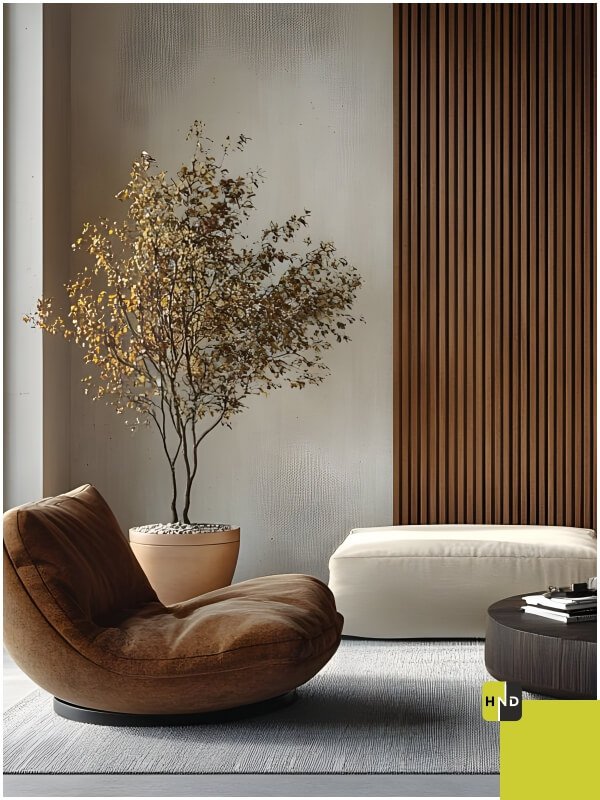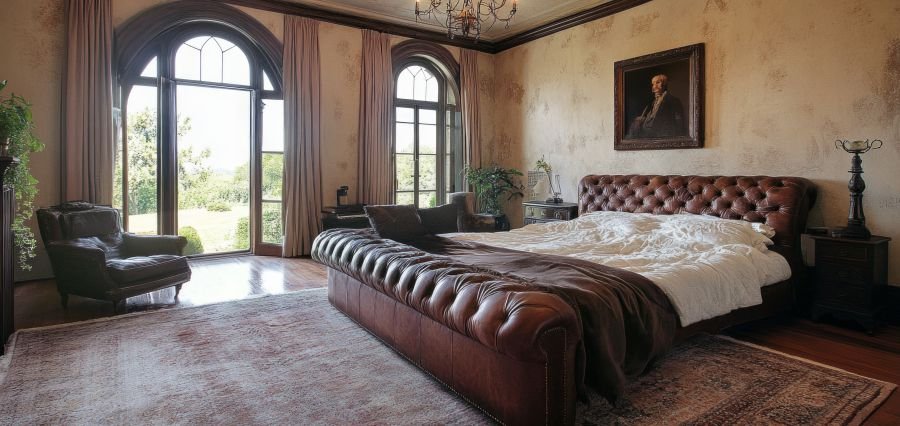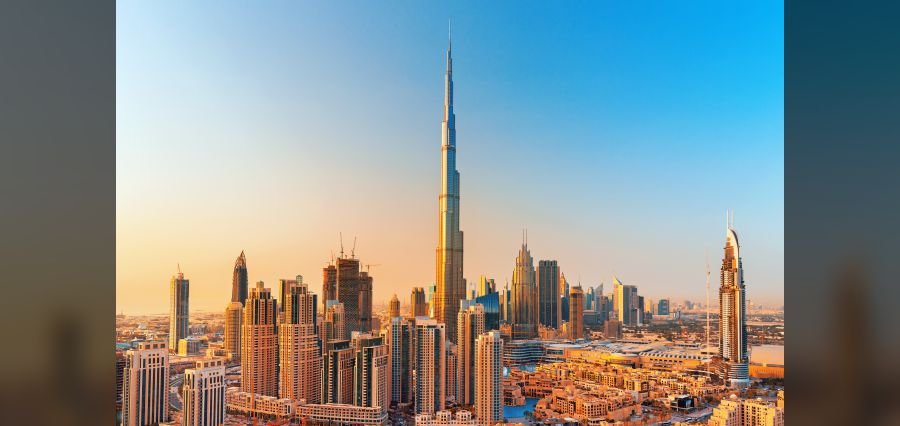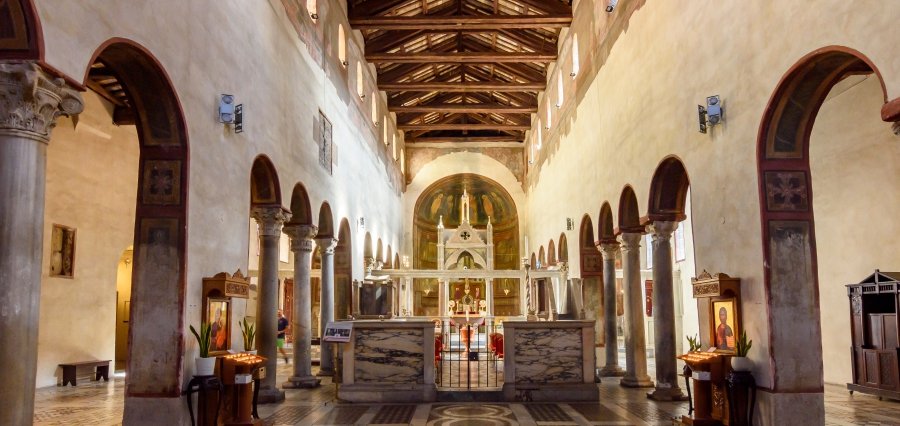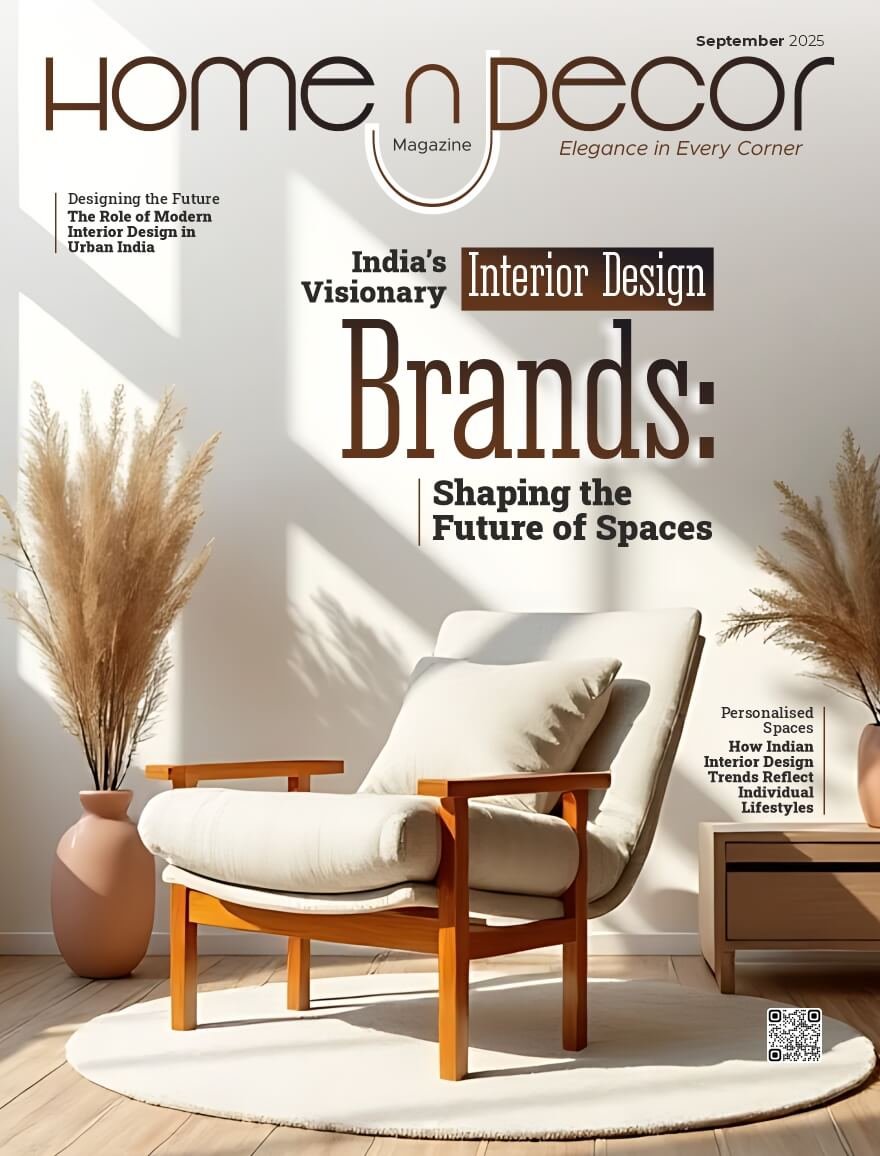Designing the Future
The cities of India are evolving at a fast pace, and so are the homes of the nation. With cities becoming increasingly compact and lifestyles becoming more and more hectic, interior design has now become the focal point of determining how people live, work, and rest at home. It is much more than just decoration; it plays a vital role in making urban dwellings comfortable, functional, and reflective of individual tastes and needs. This evolution of the interior design is not only with the trends but with the development of the space that enhances life quality and gets adjusted to the realities of city life.
The Rise of Urban Living
India has experienced a rapid urbanisation over the last decades. Due to increased employment opportunities, education, and a good standard of living, the citizens are moving to the cities. This has brought the need to have well-structured residential places. Modern interior design helps to solve this need since it offers ingenious solutions that can be employed to adequately make use of space, especially in congested cities where space is limited.
What Is Modern Interior Design?
The modern interior is designed towards simplicity, functionality, and clean lines. Unlike the traditional designs that mostly use decoration and rich furnishing, modern design is concentrated on open spaces, minimalism, and natural light. It applies neutral colour schemes, smooth furniture, and contemporary materials such as glass, metal, and engineered wood. The aim is to generate areas that are open, airy, and comfortable to live in.
Importance of Modern Interior Design in Urban India
Space Optimisation
In Indian cities, space is precious. The apartments and homes are becoming smaller with the increase in land prices. Modern interior design offers clever solutions to optimise space. For example, multifunctional furniture such as sofa beds, wall-mounted desks, and built-in storage allows the residents to maximise their limited space. Such ideas improve functionality and ensure that houses are clean and uncluttered.
Improved Lifestyle
Modern interior design is not just about appearances. It aims at enhancing the quality of life. Appropriate lighting, comfortable furnishing, and plain designs contribute to a comfortable and healthy living environment. In busy urban life, where people are constantly on the go, having a home that offers peace and order can greatly reduce stress and improve well-being.
Aesthetic Appeal
Modern design adds an element of style to urban residences and offices. Clean lines, balanced colours, and bare or minimal decorations help in making the spaces look clean and sophisticated. This is attractive to the young generation in India who are increasingly becoming style-conscious and desiring to express their personality in the place where they reside. The modern interiors are a combination of both traditional Indian and modern interiors in subtle ways, giving it a personal appeal.
Energy Efficiency
Energy efficiency is a significant component of modern interior design, with the growth of environmental awareness. The use of natural light through large windows, energy-saving appliances, and eco-friendly materials such as bamboo and reclaimed wood is often used. These choices not only reduce electricity bills but also support eco-friendly living, which is becoming more important in Indian cities facing pollution and climate challenges.
Flexibility and Personalisation
In India, people living in the cities are now demanding multi-purpose spaces that can suit different needs. As an example, a home office corner is now necessary since more people are working from home. Modern design allows for modular furniture and adaptable layouts, so spaces can change purpose as needed. Personalisation is the key; modern interior designers help clients express their tastes by choosing colours, textures, and materials that match their personality.
Challenges in Modern Interior Design in Urban India
Even with all these merits, there are challenges with modern interior design in India. Most middle-class families may not afford the cost of quality materials and furniture. Besides, not all people know the advantages of professional design services, so many individuals continue to use the old methods, or a DIY approach, which might not be as effective.
Another challenge is balancing between modern design and the Indian cultural preferences. There are individuals who are more decorative or desire classic patterns and colours. The trick is to combine modern minimalism with the elements of culture so that it is natural and comfortable.
The Future of Interior Design in Urban India
The increasing popularity of modern interior design among Indians is opening up more opportunities in the innovative furniture, energy-efficient, and smart home technological market. The interior designers are turning to affordable designs by incorporating aesthetics, practicality, and sustainability.
The design trends are also changing towards the development of community spaces in residential complexes, rooftop gardens, co-working in the homes, and this is a new form of living in the city as work and life merge into each other.
Summing Up
The modern interior design is significant in the transformation of urban India. It solves the problem of limited space, overcrowding, and fast-paced lives with smart, functional, and stylish solutions. With the ongoing urbanisation process in the country, the need to have well-designed, efficient, and personalised spaces will continue to grow.

